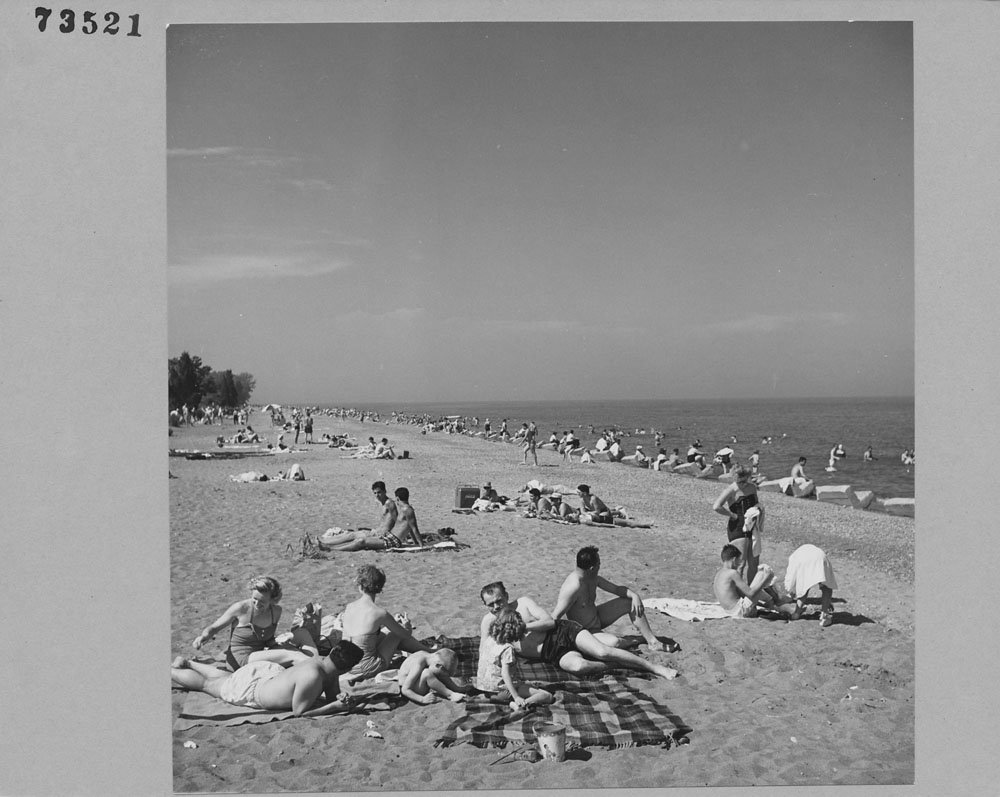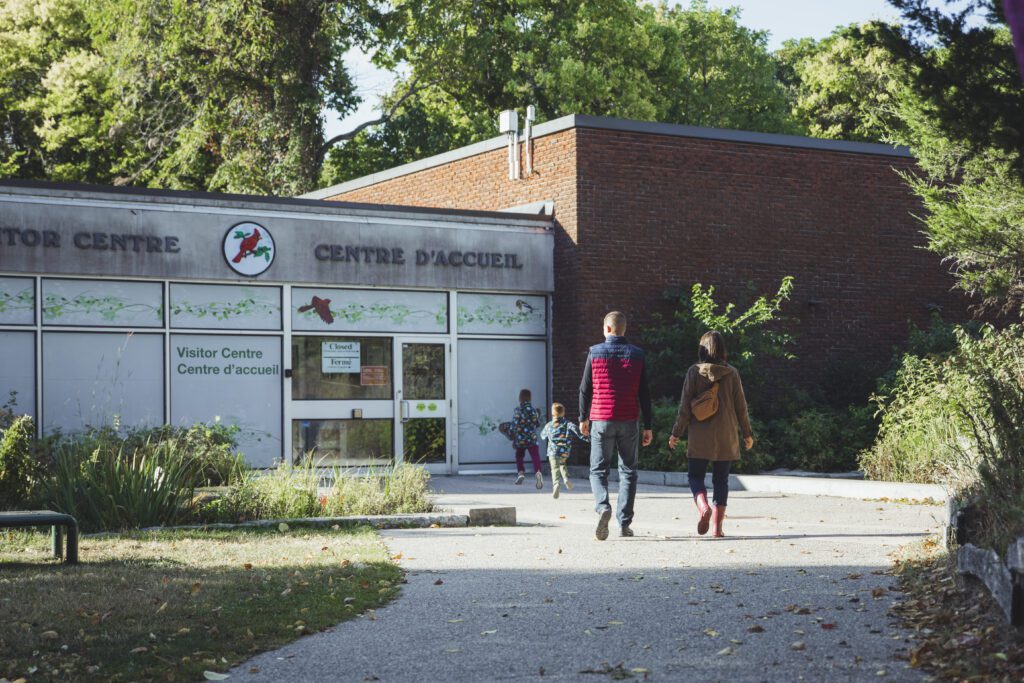Point Pelee National Park, located in southern Ontario, Canada, is a treasure trove of natural beauty and historical significance. This unique area has a deep and varied history, from the early habitation by Indigenous peoples to its establishment as a national park. The park’s story is intertwined with the lives of the First Nations people who first called this land home, the European settlers who later arrived, and the families who built cherished summer cottages along its shores. As we explore Point Pelee’s history, we will delve into the Indigenous heritage, the establishment of European homesteads, the creation of the national park, and the emotional eviction and relocation of cottage owners. Each of these chapters contributes to the rich tapestry of Point Pelee National Park, making it a place of both natural wonder and profound historical resonance. Join us as we journey through the past to understand how Point Pelee has evolved into the beloved destination it is today.
Indigenous Heritage
Point Pelee is situated on the traditional territory of the Anishinaabe, Haudenosaunee, and Miami peoples. Archaeological evidence shows that First Nations had summertime settlements around Point Pelee’s marsh as early as 600 CE. The marsh provided an abundance of aquatic life and wild rice, while the surrounding forests offered deer and nuts from black walnut and butternut trees.
In 1790, Treaty 2 of the Upper Canada Treaties, also known as the McKee Purchase, was signed. The Chippewa people of the Caldwell First Nation occupied Point Pelee, and the treaty’s signatories ceded their land in exchange for money and small reserves. However, the Caldwell Nation did not sign this agreement. Despite their ancestral right and the British government’s promise of ownership for their service in the War of 1812, the Caldwell Nation was gradually pushed off Point Pelee due to increased European settlement.
Without a treaty, the Caldwell Nation had no reserve and had to live on other First Nations’ reserves or in non-Indigenous communities. In 1922, under Chief Moses Caldwell, they peacefully occupied the park to assert their claim. Although this protest was unsuccessful, the Caldwell Nation continued to press their claim. In 2010, they reached an agreement with the federal government, receiving $105 million and the opportunity to choose reserve lands. In November 2020, the first of these lands received reserve status. To learn more about the current initiatives of The Caldwell First Nation visit their website.
European Exploration and Settlement
The French were the first Europeans to explore Lake Erie in the early 1600s, naming the sand spit extending from the lake’s northern shore “pointe pelée” or “bald point” due to its lack of vegetation. By 1799, the British designated the southernmost part of Point Pelee as a naval reserve to preserve pine and oak trees for ship masts. These boundaries eventually defined the national park.

In the 1830s, several white families, known as “the squatters,” built homesteads at Point Pelee. They engaged in small commercial fisheries, cleared land for crops, kept livestock, and hunted and trapped in the area. In 1881, the federal government allowed these squatters to buy their land, which eventually fell outside the park’s boundaries.
The Creation of Point Pelee National Park
Naturalist W.E. Saunders visited the naval reserve in 1882. His visit, intended for duck hunting, led to the founding of the Great Lakes Ornithological Club due to the abundant migratory birds he observed. In 1913, Saunders convinced conservationist Jack Miner to visit Point Pelee. Miner was impressed by the variety of trees and shrubs and, with local support, lobbied the federal government to establish a national park. In 1918, Point Pelee National Park was officially created.

Eviction and Relocation of Cottage Owners
The eviction of cottage owners from Point Pelee National Park was a complex and emotional process that profoundly impacted many families. For generations, these families had cherished their summer cottages, enjoying the natural beauty and serenity of the area. The government’s decision to establish Point Pelee as a national park in 1918 meant that these families were forced to leave behind their beloved cottages and the community they had built.
The eviction process was not just about moving out; it was about uprooting lives and memories deeply intertwined with the land. Families who had built their homes, raised their children, and created lasting memories at Point Pelee had to dismantle their lives and start anew. The emotional toll was significant, as these cottages were more than just buildings; they were a testament to family traditions, summer gatherings, and a way of life that had spanned decades.

As part of the relocation efforts, the government provided some residents land parcels outside the park boundaries as compensation. This allowed former cottage owners to relocate and rebuild, offering a solution to the displacement. Some families chose to relocate their cottages to other popular vacation destinations in Ontario, like Grand Bend. It marked the end of an era for the close-knit cottage community that had thrived at Point Pelee. The relocation efforts, while providing a new beginning, could not replace the sense of loss felt by those who had to leave their cherished homes and the land that had provided so many happy memories of summers at the point.
The Garnier family was lucky to have purchased land just outside the park gates back in the 1940s and set to work building two cozy bunkies. Now called the Red and Green Jelly Bean cottages, these retro bunkies were built with the beach as the focal point allowing the family to immerse themselves in the outdoor lake life on Point Pelee Drive. Today, the Red and Green Jelly Bean cottages still stand, offering guests at Dream BNB Hospitality a taste of simple lake-life amenities that maximize time spent outdoors.

These adorable bunkies are a testament to the resilience and spirit of the families who had to leave Point Pelee. They embody the legacy of the original cottage community, providing a connection to the past while offering a unique and nostalgic experience for modern visitors. Guests can enjoy the tranquility and beauty of the lake, much like the original families did, creating new memories while honoring the history of those who came before.
The eviction and relocation of cottage owners from Point Pelee National Park serve as a reminder of the sacrifices made in the name of conservation. While it was a challenging and emotional process, it ultimately contributed to the preservation of one of Canada’s most beautiful natural areas. By understanding and honoring this history, we can appreciate the significance of Point Pelee National Park and the enduring legacy of the families who once called it home.
Preserving the Past, Protecting the Future
Today, Point Pelee National Park stands as a testament to the importance of conservation and the enduring connection between people and nature. Efforts are underway to preserve the cultural heritage of the First Nations and the legacy of the early settlers and cottage community. Interpretive programs, historical exhibits, and collaborations with Indigenous communities aim to educate visitors about the park’s rich history. Don’t forget to stop in at the Visitor’s Centre for a chance to learn more about the rich history of the area.

As you explore the breathtaking landscapes and diverse ecosystems of Point Pelee, take a moment to reflect on the stories of those who came before. From the First Nations people who first called this land home to the families who built cottages and created lasting memories, their contributions have shaped the history and character of Point Pelee National Park.

By understanding and honoring the past, we can ensure that Point Pelee remains a cherished and protected sanctuary for generations to come. Visit Dream BNB Hospitality to learn more about this remarkable destination and plan your visit to experience the rich history and natural beauty of Point Pelee National Park. For more information on visiting Point Pelee read Visit Point Pelee National Park.






